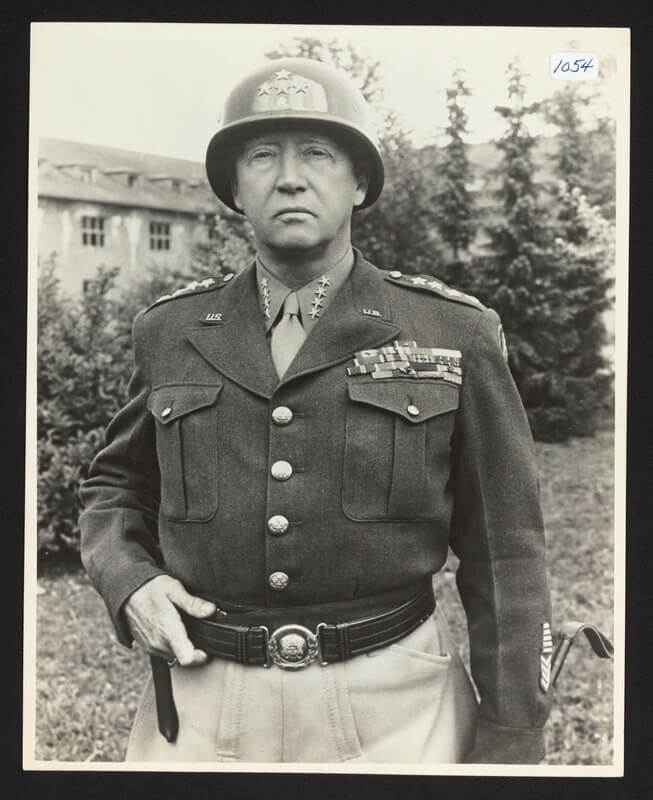
In my line of work I’m honored to partner with high-caliber leaders who are trying to move the needle in one or more areas of their businesses. Sometimes the conversation turns to presence: How do you want to show up as a leader, and how does that compare with how you are showing up?
We often think of “leadership presence” as what we see when a leader is larger than life: Type A, uber-extroverted, radiating charisma and confidence. Commanding everyone’s notice. Rallying and inspiring the troops. Taking the proverbial hill.
This approach works in certain situations (like actual military combat, for one), yet many business leaders are often beguiled into thinking that they need more of “that” to be effective. Instead I challenge them to step back and re-frame their assumptions.
Step away from the keyboard
Prior to the coronavirus pandemic, I’d periodically need to encourage a leader to “get out from behind the keyboard.” Then and now, many of us successfully keep all the spinning plates in the air often by emails and texts. Today’s technology makes connecting with others easier than ever. But does it, really?
The late entrepreneur, author, and speaker Jim Rohn reminded us that “the greatest gift one human can give another is the gift of attention.” Today’s leaders face an omnipresent efficiency-effectiveness paradox of leadership: Technology helps us be more efficient, but it comes at the expense of the attention that makes us more effective with the humans whom we are charged with leading.
And that attention takes time—many leaders’ most precious commodity. So we rely on technology, sometimes to our detriment. A University of Texas study revealed that cognitive capacity is significantly reduced when a smartphone is within reach — even if it’s off. In a recent speech at the U.S. Military Academy at West Point (my alma mater), visiting professor of psychology Jean Twenge shared her research showing a connection between people with more reported mental health issues and those who spend more time on smartphones. Heck, these days making eye contact with one person while texting another seems to be an important skill to master.
This brings us to a few uncomfortable self-inquiries about leadership presence. Pre-COVID, how often did we make intentional, scheduled time to get out-and-about, face-to-face with employees and teams? How accessible were we? Where was our device when we’re in meetings? Where was it when we were with employees? What’re the chances that people perceived that our device is more important than they are?
MIT professor and author Sherry Turkle thinks a lot about technology and relationships. She posits that human relationships are rich and messy and demanding, so we tend to lean on technology to “clean them up.” The problem is, in so doing we end up short-changing ourselves out of our capacity to, well, be better humans. Prof. Turkle suggests that we have sacrificed conversation (relationships) for mere connection (technology), which hurts us because “face-to-face conversation is the most human and humanizing thing that we do.”
Back to basics
So now here we are, staying safer at home and social-distancing, somewhere between mid- and post-pandemic. Many of us have been relying on technology and video calls to keep our operations on track and viable. It poses a new and ironic dilemma for leaders: How do we get back to the conversation part when technology is the only medium we have?
My advice: Go back to basics. While using technology, be hyper-vigilant and disciplined about all the things that were second nature from back when it was okay to meet up for coffee and shake hands. Here are some reminders for leaders of all stripes:
- Give employees your full attention. Maintain eye contact. Try this: Position the other person’s video image on your screen as close to your own camera as possible. If you’re a multi-screen type, shut down all screens except the one with the video call, whenever feasible.
- Purposefully eliminate all other distractions. I don’t mean duct-taping the kids together in the garage while you’re on a Zoom call so they can’t interrupt you. (Actually, being interrupted by a family member or pet during an important video call actually makes you more human, and I highly recommend it.) Here I’m referring to those other attention-grabbers. Do video calls from somewhere other than your desk (or wherever it is that various work-related technology and vices will inevitably tempt your attention).
- Be genuinely curious. Ask open-ended questions and let the other person do more of the talking.
- Remember: Leaders are always on stage. People are watching you. All. The. Time. Lead by example with your attention.
While blustery, charismatic, bravado-laden leaders have a place in some scenarios, readers of Jim Collins know that true “Level 5” leaders run great companies and teams through a paradoxical combination of personal humility and professional will. A leadership presence that is instead present, engaged with, and in service to other humans will do far more for your practice of leading others through these challenging times than any amount of flashy, hard-charging Patton-esque taking of hills.
A version of this article originally appeared in the May 2020 issue of Knox.Biz, a business publication of the Knoxville News Sentinel.

